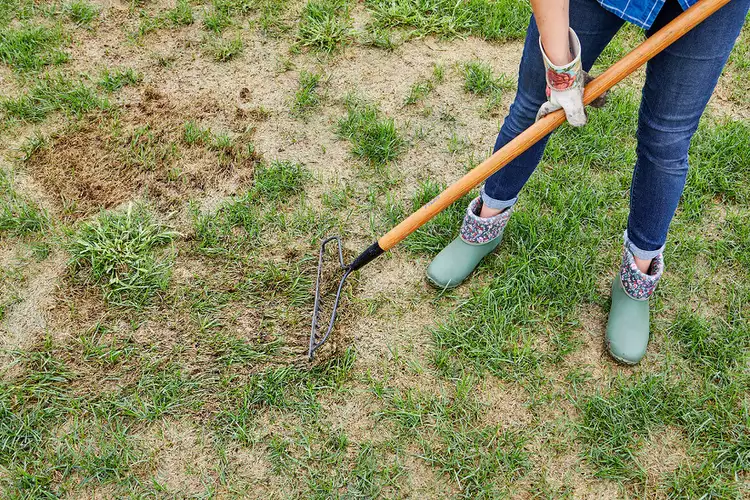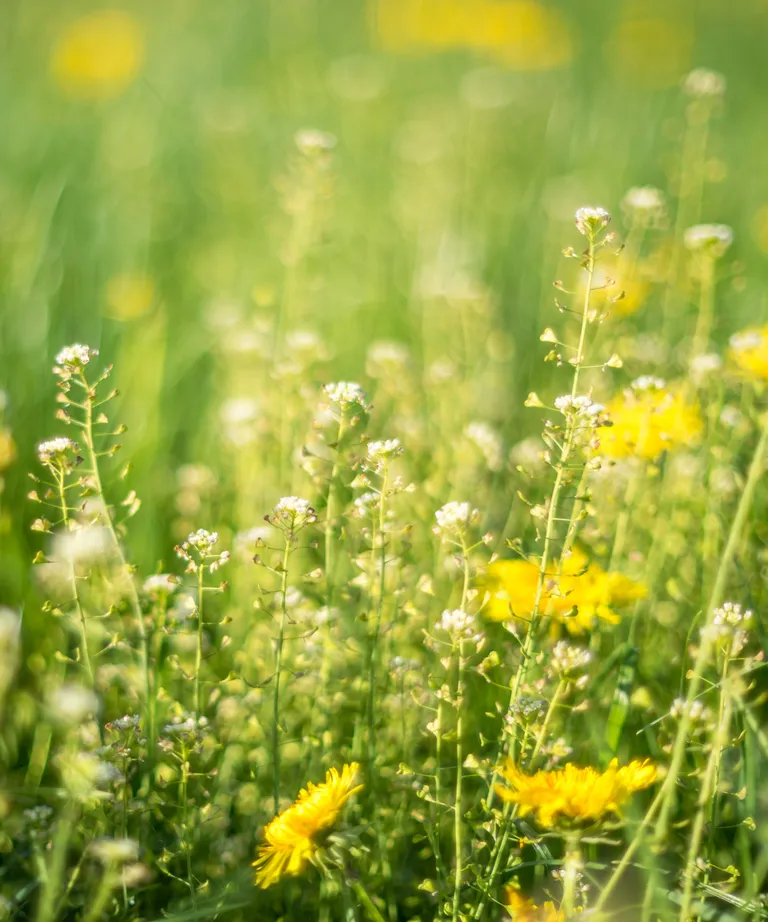12 Tips To Keep Your Lawn Green This Summer
Last Updated on March 26, 2025 by Duncan
Lawn maintenance is essential during the summer as you don’t want to see your lush green lawn turn brown. Luckily, it’s possible to have the lawn of your dreams. Here are tips to keep your lawn green in summer:
1. Water deeply and less frequently
Watering is vital to keep the lawn green. To get ideal results, you should do it properly. Water deeply and less frequently.
Instead of watering every day, water the lawn thoroughly a few times a week while allowing the soil to dry between watering. This way, the grass will develop a deep root system that is vital for survival.
Deeper roots mean that the grass will pull out moisture from the deeper layer of the soil which comes in handy during the driest period of the year.
If you do 15-minute watering every day, the roots will be short and shallow, putting the grass at the risk of drying out when there isn’t enough water.
2. Consider hiring a pro
Maintaining your lawn can be pretty difficult. During summer, it has unique requirements for keeping the excellent shape.
If you feel like you don’t have enough time or expertise, you should always turn up to a professional. There are so many companies that offer lawn maintenance services.
Keep in mind that maintaining your lawn isn’t only about mowing and watering. Fertilizing and weeding is also essential, so consider getting extended services.
When hiring, be sure that you work with a trusted professional. They would be able to sort out any inconvenience quickly and save you time and nerves. You can find detailed reviews at House Method.
The best thing is that they compare different providers with all their pros and cons so that you can pick the one that suits your needs.
3. Water at the right time of the day
Keep in mind that you can’t water the lawn when you want. You will need to do it in the morning. This will allow the soil to absorb the needed moisture.
If you do it during the hottest time of the day, the moisture will evaporate and won’t get to the right place. Avoid watering in the evenings, since the grass won’t use the water effectively due to lack of sun rays.
4. Mow high
Mowing too low will damage the lawn and expose the soil to the sun. This way, it won’t retain the moisture in the soil.
Don’t cut below 3” if you want to have healthy green grass. This height will create enough shade for the roots. And remember that it is always better to cut little but often, rather than cutting too much.
5. Mow in the morning
Never mow the lawn when it is too hot as you put a lot of stress to the grass. The heat is also harmful to you; hence you won’t get the work done as well as you should.
The best time to mow is in the morning or late afternoon. After mowing, don’t bag the clippings. Leave them on the surface.
If you have been cutting the grass at the right time, the clippings are small, and they degrade fast. Instead of struggling to get rid of them, leave them on the lawn.
They will provide the lawn with the necessary nutrients eliminating your need for fertilizers.
6. Fix the bare spots
Your lawn won’t be green and beautiful if there are bare spots. The spots result from dogs, pets, and even kids. To keep your lawn looking great, you have to patch the bare spots. Luckily it’s easy to do it.
Begin with preparing the spots by removing twigs, rocks, branches and other debris in the area. You should then loosen the surface soil with a sturdy rake then add some topsoil. Once you are done, rake in high phosphorus fertilizer and spread the grass seed.
Water the new grass 3-4 times a day in short spurts until all the seedlings are established. Do this for 2 weeks then once the grass has grown 3-4” tall, mow it.
7. Get rid of the weeds
Weeds mean less sunlight, the risk for diseases and increased completion for water and nutrients. So for you to keep your lawn green and healthy, you need to get rid of weeds. Thankfully, there are plenty of herbicides you can use.
Apply the herbicides in spring when the weeds are due to appear, and you won’t have to deal with them. While herbicides are vital for a healthy lawn, don’t use them while overseeding as you will prevent the grass from growing properly.
8. Fertilize the lawn
Just like the other plants, your grass needs food, and where does it come from? From fertilizer. The best fertilizer to use is one rich in nitrogen, phosphate and potash.
Nitrogen: Promotes the grown and greening of the grass
Phosphate: Stimulates root growth while keeping the lawn lush and thick
Potash: Promotes stronger roots and grass with thicker blades
Excessive irrigation and heavy rainfall deprive the soil of its nutrients. To avoid this, water the lawn thoroughly a day or two before you apply the fertilizer.
You also should water the lawn after fertilization. The second time washes the fertilizer from the blades and into the soil if you don’t want to water the lawn, time and apply the fertilizer before it rains.
You only need to ensure you don’t fertilize just before a heavy downpour that will wash all the nutrients.
9. Test the soil
When you test the soil, you understand your lawn better; hence you give it better care. Take a soil sample to your local research centre, and they will test it at a small fee. Two of the things you should pay attention to are: soil pH and essential soil nutrients.
The soil pH measurement will tell you about the acidity and alkalinity issues of your soil. A pH of 6.5-6.9 is perfect for your lawn or garden. If you do the test and the results show the soil is heavily acidic, add lime fertilizer.
If on the other hand, the soil is overly alkaline, use soil acidifier or organic amendments such as manure or compost.
When it comes to the essential elements, their percentages should add up to 100%. The vital elements that should be present include:
- Potassium – Ideal range is 2-5%
- Magnesium – 10-15%
- Calcium – 60-80%
- Hydrogen – 10-15%
- Sodium – 0-3%
10. Fix the compacted areas
Squashed soil negatively impacts the soil nutrients, which limits the soil’s ability to function properly. When the air and water can’t freely circulate within the lawn, the grass can’t take it properly.
You can tell whether your lawn is compacted if the soil is “springy,” the weed growth outperforms the turf, the lawn experiences heavy foot or vehicle traffic, or the tines penetrate less than 2” in the soil.
To fix the compacted soil, water the lawn thoroughly to soften it then core aerate it no more than 2 days later. You should then top dress the lawn with soil enhancer or compost then resume regular watering and mowing.
11. Seed the lawn
Thin patches on the lawn are brought about by plenty of factors including high traffic, allowing dogs in the backyard, heavy concentration of weeds, and many other reasons.
Often, fertilizing the lawn restores the grass, but if you have done it without success, consider seeding the area.
When applying new seed, apply it 3-4 weeks after applying the last weed control treatment, and don’t apply the weed control for 4 weeks after you have seeded as the weed control will mess with the growth of the seedlings.
12. Aerate the soil
The final thing to do to keep the lawn healthy and beautiful is to aerate it. If you are new, lawn aeration is the process of pulling plugs of dirt from the soil to allow sunlight, nutrients, and water to get deeper to the roots.
Lawn aeration promotes a stronger and healthier root system that is vital for a greener lawn. The process also loosens the dirt allowing the grass to spread more easily.


